Calving seems to have kicked off, or is just about to kick off, on many dairy farms throughout the country.
It is without doubt the busiest time of the year on farm, so any easy fixes to help reduce labour and workload should be grasped with both hands.
Milking cows once a day (OAD) for the first few weeks of calving should be considered by all dairy farmers.
OAD milking can cut one or two hours a day off of the farm workload, meaning an overall saving of 28 to 56 hours saved to concentrate on calving, calf care, getting cows out to grass, etc, across the month of February.
There are also positives on cow health, with cows having a lesser demand from milking OAD displaying a shorter negative energy balance, allowing them to regain lost energy and condition quicker and begin cycling earlier.
SCC concerns
Where farmers have raised concerns about somatic cell count (SCC) spiking, farmers who have undertaken OAD milking have reported few concerns with it, bar highlighting problem cows to a greater extent and pushing them more towards culling these and being more focused on hygiene and SCC overall.
The use of selective dry cow therapy now means that many farmers are using teat sealer only on cows.
Using antibiotics at drying off will result in cows having to remain out of the bulk tank for a longer period due to the OAD milking, although there should be ample dairy beef calves present to prevent much of this going to waste.
Farmers are also fearful that milking OAD will affect overall yield and milk solids for the year.
Trials conducted by Teagasc in Moorepark indicated that cows on OAD milking for four to six weeks saw reduced yields and solids while on OAD milking, although this recovered after cows went back to twice-a-day (TAD) milking.
In the trial, the milk solids recorded across the lactation for cows on full-time TAD, OAD for four weeks and OAD for six weeks was 415kg, 405kg and 398kg respectively.
Where whole milk is being fed to calves, it will have to be held from the morning milking for evening feeding, with a means of heating it necessary.




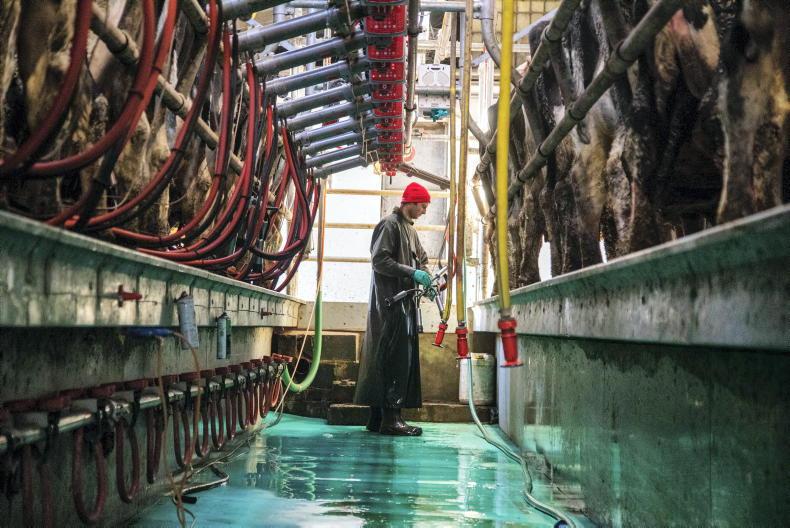
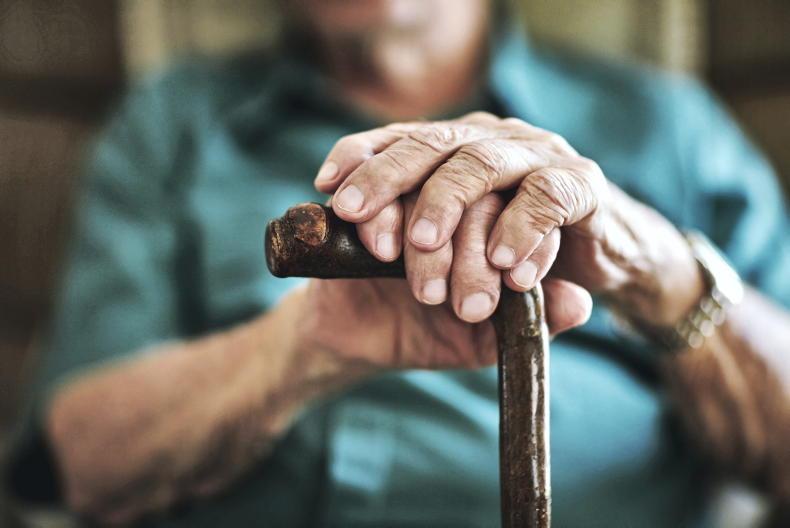
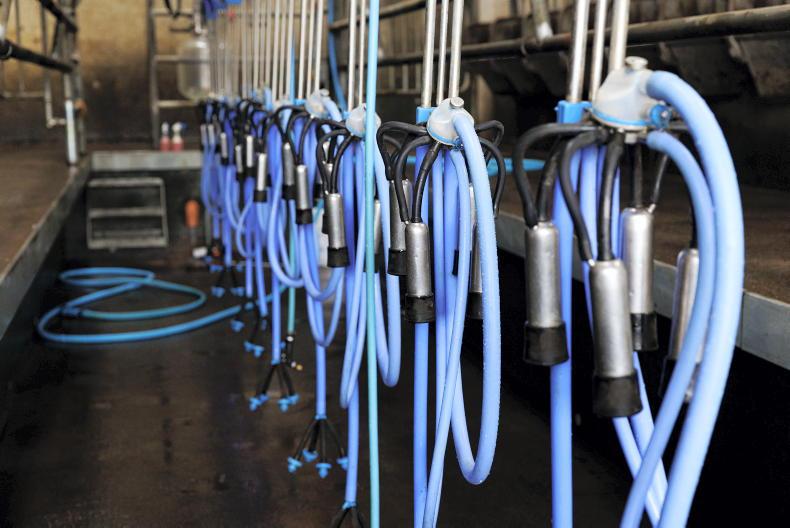
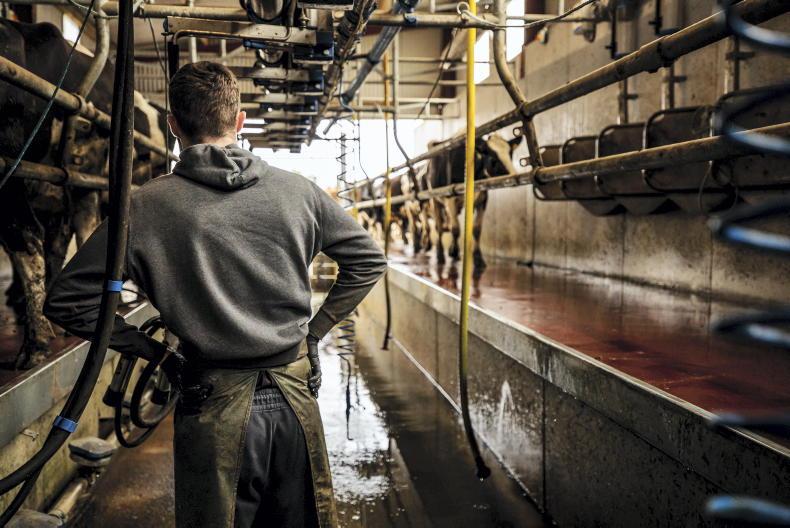
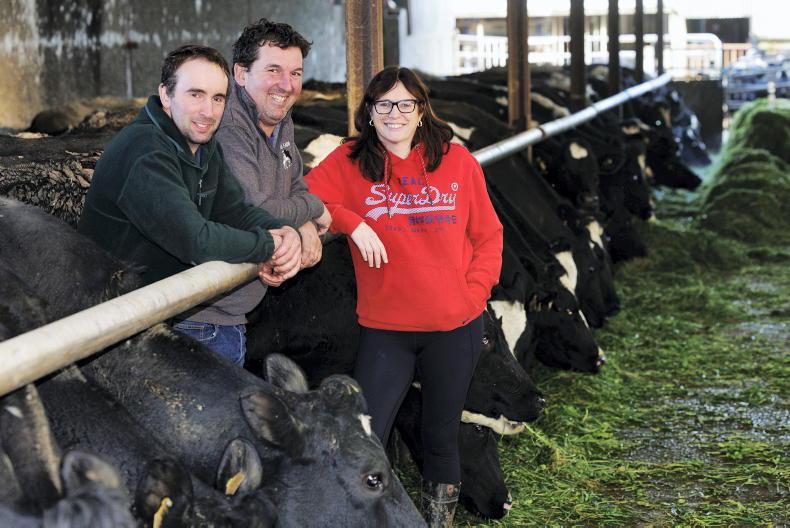
SHARING OPTIONS